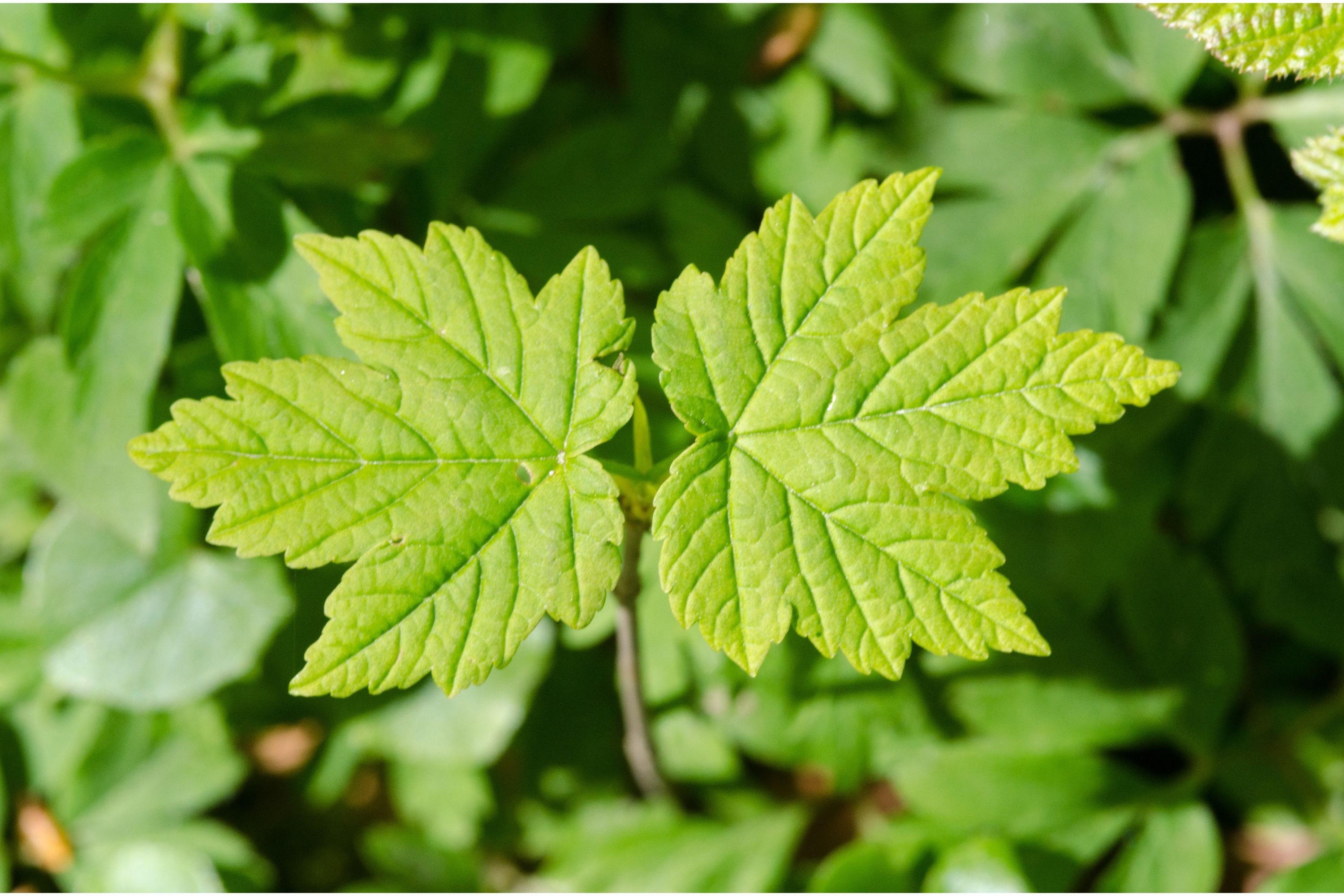Sycamore maple
(Acer pseudoplatanus)

Description
Acer pseudoplatanus, commonly known as the Sycamore Maple, is a species of deciduous tree belonging to the family Sapindaceae. The Sycamore Maple is native to Europe and Western Asia and is widely cultivated in parks and gardens worldwide. In this article, we will explore the various aspects of this tree, including its taxonomy, morphology, distribution, habitat, uses, and cultural significance. Taxonomy: The scientific name of the Sycamore Maple is Acer pseudoplatanus. The genus Acer comprises approximately 200 species of trees and shrubs, distributed throughout the northern hemisphere. Acer pseudoplatanus was first described by the Swedish botanist Carl Linnaeus in 1753 in his seminal work, Species Plantarum. The specific epithet "pseudoplatanus" means "false plane tree," referring to the similarity of its leaves to those of the plane tree (Platanus spp.). Morphology: The Sycamore Maple is a large deciduous tree that can reach heights of up to 35 meters (115 feet) and a trunk diameter of 1-2 meters (3-6 feet). The bark of mature trees is grayish-brown and develops deep furrows and ridges with age. The leaves are palmately lobed, with five lobes that are deeply incised, giving them a star-shaped appearance. The leaf blades are 10-25 cm (4-10 inches) long and wide, with a serrated margin. The leaves emerge in early spring and turn a golden-yellow color in autumn before falling. The flowers of the Sycamore Maple are small, greenish-yellow, and appear in clusters in early spring before the leaves. The fruits are paired samaras, 3-5 cm (1-2 inches) long, with wings that are nearly parallel to each other. The samaras ripen in autumn and are dispersed by wind, often spinning like helicopters as they fall. Distribution and Habitat: The Sycamore Maple is native to Europe and Western Asia, from Spain and Portugal in the west to the Caucasus Mountains in the east. It grows in a variety of habitats, including mixed deciduous and coniferous forests, riverbanks, hedgerows, and parks. The tree is adaptable to a range of soils, but it prefers moist, well-drained soils. Cultivation and Uses: The Sycamore Maple is widely cultivated in parks and gardens worldwide for its ornamental value. It is also used for timber, furniture, and veneer production. The wood of the Sycamore Maple is hard and dense, with a fine texture and a pale white to creamy-yellow color. It is used for a variety of purposes, including flooring, furniture, musical instruments, and turnery. The sap of the Sycamore Maple is also used to make a sweet syrup similar to maple syrup. However, the syrup is less well-known and less commonly produced than maple syrup. Cultural Significance: The Sycamore Maple has cultural significance in several European countries. In Scotland, the tree is known as the "Plane Tree" and is featured on the Royal Bank of Scotland's £5 banknote. In England, the tree is associated with the game of conkers, in which the seeds of the Sycamore Maple are used as the game pieces. In Germany, the tree is called the "Bergahorn" and is associated with the town of Weimar, where Goethe wrote his famous poem "Under the Sycamore Tree." Conclusion: Acer pseudoplatanus, or the Sycamore Maple, is a beautiful and adaptable tree that is native to Europe and Western Asia.
Taxonomic tree:







